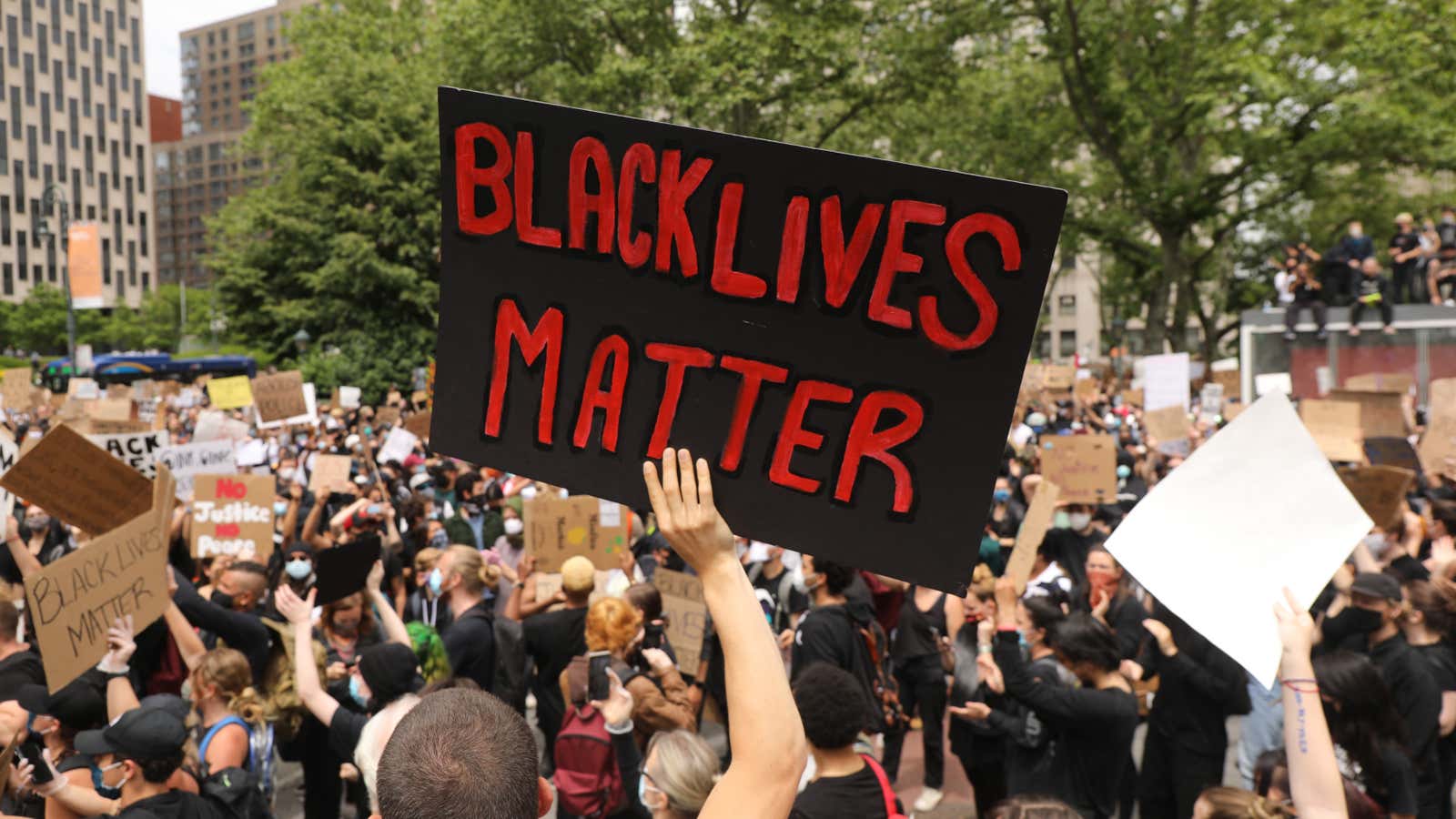How to Responsibly Share Protest News

There is a flood of information about what is happening during the nationwide protests against police brutality. Snippets of news go viral, one tweet or one clip at a time: what a protester does, what a police officer does. Before you share anything, take a moment to ask yourself these questions.
Is the information accurate?
Breaking news is often hijacked by accounts that want to share information for their own reasons. They may share photos or videos that are not relevant to current news events or are real, but with the wrong title.
Use a reverse image search to find out where the photo came from and ask local reporters for the real story of what’s going on. If you don’t have a few minutes to stop and evaluate before sharing, then you probably shouldn’t share.
Even if something seems to be confirmed, make sure that the confirmation itself is reliable. For example, a video filmed last week shows a person breaking windows and then leaving, and soon the video was posted along with screenshots of a conversation with someone who said they recognized the person. But how do you know who created this screenshot? Beware of anything you cannot check.
Do not provide personal information, including the faces of the protesters.
Protesters are often targeted by the police or other people on the Internet. Do not share personally identifiable information, including what their faces look like, unless you know they have given permission. It only takes a minute to blur faces or stick an emoji sticker on your face (Instagram Stories is an easy way to do this, and then you can save the image without posting it as a story).
The police and elected officials must be held accountable to the public, so it is probably best not to blur their faces.
Say what’s in the video
Especially for violent videos, don’t just share without context or with an empty “look at this” statement. People deserve to know what they are going to see, and there is enough violence in the world not to bring new examples of it to people who have seen or experienced enough. Describe what’s going on, even if it’s just a few words to tell who is doing what. Your description will also help you and other users find the post later in their search.
Describing what is in the video is also useful for people who cannot watch or hear the video (for example, blind people using screen readers). If you are posting a photo, use Twitter Alt Text or its Twitter counterpart . on other platforms , even if you just need to put a short description in the title or comment.
Go to the official source
If you are submitting a call for help or donations, please verify that it is legal by going to the organization’s website or verified account. For example, there is a fake Venmo floating all over the place pretending to accept donations to the Minneapolis bail fund.
Consider the balance of messages you share
It’s not enough to decide what to publish one post at a time. Your overall contribution to the schedule matters too. What narratives do you support or refute? Do you confirm the stereotypes? Do you remember how you direct people’s attention?
For example, do you only share images of violence? How will this affect your subscribers? On the other hand, do you skip all the awkward things and only tell good stories about cops helping or joining protesters? I’m not going to tell you what to share, but I’m going to ask you to think about the messages you send and whether you are transmitting what you intend to convey.
Looking for ways to protect black lives? Check out this list of resources .